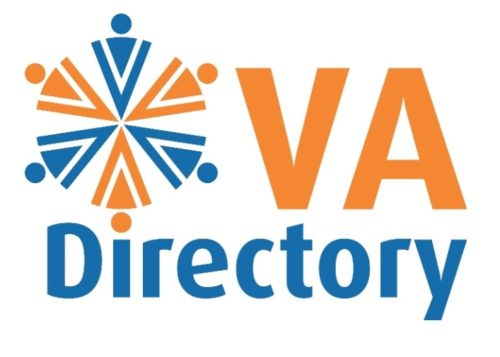When first starting out, one of the things a new VA needs to know is how much to charge for the services they will provide? And it’s not always easy trying to work this out. Will they charge too much, will they charge not enough? What are others charging?
And so, it’s not uncommon to see this question being asked via VA forums. But it’s not an easy one to answer either, because there are some things to consider, for example:
- What typing speed do they have, if the bulk of their work will involve typing?
- How much experience in their service provision have they had?
- How efficient are they at carrying out their job?
- What is the cost of living like in their geographic location?
And there will be other considerations too, but let’s start with these. In planning to adopt the rates that someone else has established, it means you could be under- or over-charging, depending on your own capabilities, and your geographic location. There are areas considered to be ‘low class’ and would therefore not attract high rates for services provided and then there are the ‘high class’ areas that would command much higher rates due to the cost of living. Not to mention all the places in between – which is probably where most of us are. Someone who works slowly would take much longer to complete a job than another who is much faster. It would be unfair to charge the client the same rate – the client would be penalised by paying a larger sum for a slower job.
And so how do VAs choose rates that are right for them? You could look around at similar services to your’s in localities close by to get a general idea – some of these you may find online, or you may need to ring up and ask for a copy of their rates. Not all will willingly give it – especially if they know you are competition. But there are formulas that can be used to help establish the rates and these can be found in books about the industry or perhaps a sheet that can be purchased.
I work with a formula that was adopted from an engineering consultant’s magazine many years ago and it basically begins with the going corporate annual income for your level of expertise in your area, and dividing the number of your work hours into that. There is a lot more that needs to be considered, for example, how many working hours are there (total year minus public holidays, leave break, etc) and then you need to consider sick leave, superannuation and so on – the formula works through these items in detail.
So, as you can see, there is some thought that needs to be put in, to ensure that you are charging rates that are right for you, based on your experience, skill and location. Not only that, you need to be sure you are covering your expenses: computer, software, printing costs, internet connection, insurances, taxation – all of these are tax deductible expenses. KMT
rates, taxes, VA rates, rates formula, skill, experience

Leave a Reply
You must be logged in to post a comment.